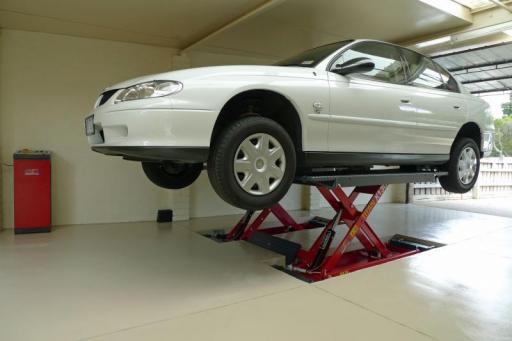Two popular reasons are...
- Mechanical Contact: Anything that touches the electrode will move it to some degree. I've heard of many motors that had this issue and once fixed, the motor blew... Whether it was stretched rod bolts, broken piston skirts or bad bearings, something was allowing the piston to just touch the plug and close the gap. I've also heard of motors that had no issues once the plug was replaced and the belief was that some carbon had come loose and caught between the plug and the piston. This leaves no sign of the "touch" but is sufficient to close the gap. I've heard of some "tolerance" issues as well, where the plug length on some plugs was just enough to touch the piston, but only at max RPM. Finally on this one, there was one report that the ceramic centre of the plug can come loose and slip down onto the electrode.
- Detonation: The theory here is that the shock wave and heat from detonation can close the gap. I find it a bit hard to believe, but given what I've heard some Toyota's do, I guess it could happen.
What I'd do is to look at the plugs and confirm the ceramic has not moved. Then I'd check the thread to see how much was exposed to the combustion chamber. There should be some soot one the start of the thread, but no further into the threads. If the threads have soot on them, then the plug may be protruding too far into the cylinder.
If the plugs turn out fine, then check the turbo as already suggested. It may never happen again and maybe nothing will happen, if so, go buy a lottery ticket....







 Reply With Quote
Reply With Quote








 2001 HOLDEN COMMODORE
2001 HOLDEN COMMODORE
